News Desk

Our international team of researchers has uncovered the incredible genetic diversity hidden within the ancient remains of those who once called Machu Picchu home. We detail our findings in a study published in Science Advances.
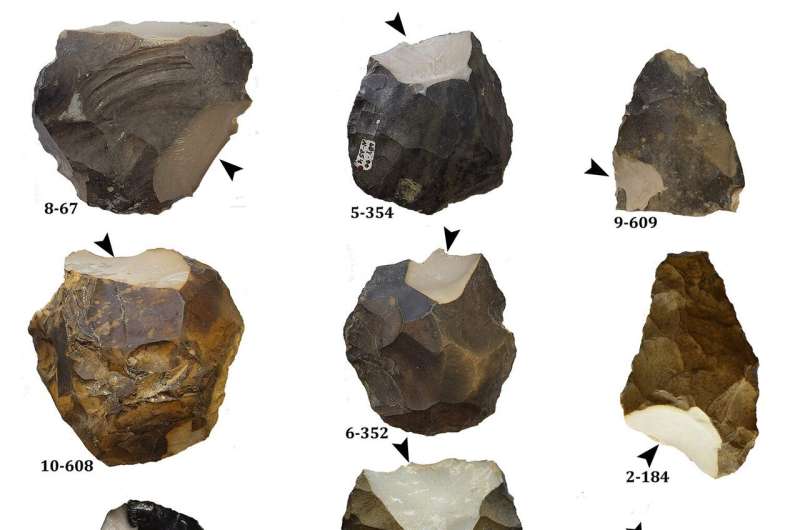
A new study from Tel Aviv University and Tel-Hai College solves an old mystery: Where did early humans in the Hula Valley get flint to make the prehistoric tools known as handaxes?

New research shows the trading of spices for culinary use goes way back – some 2,000 years, to be precise. A paper published in Science Advances details findings of what seems to be evidence of Southeast Asia’s oldest known curry. It’s also the oldest evidence of curry ever found outside India.

An open label study of a group of individuals suffering from posttraumatic stress disorder (PTSD) who also reported suffering chronic pain showed that MDMA-assisted therapy led to significant reduction in pain intensity and pain-related disability in participants with highest levels of chronic pain. The study was published in Frontiers in Psychiatry.

There are a number of classic experiments and theories that every psychology student learns about, but more recent research has questioned their findings so that psychologists today are reevaluating human nature.
Image from: loc.gov (Wiki Commons)

A 300,000-year-old hunting weapon has shone a new light on early humans as woodworking masters, according to a new study.
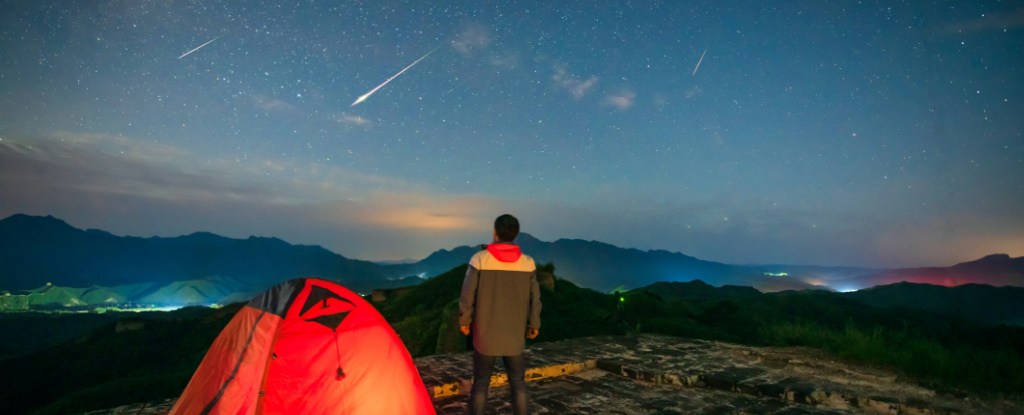
Annually, between July 17 and August 24, the Perseid meteor shower puts on one of the brightest cosmic events of the year. This year the meteor shower is predicted to reach its peak on the night of August 13, as Earth passes through the densest part of the Comet 109/Swift-Tuttle’s trail.
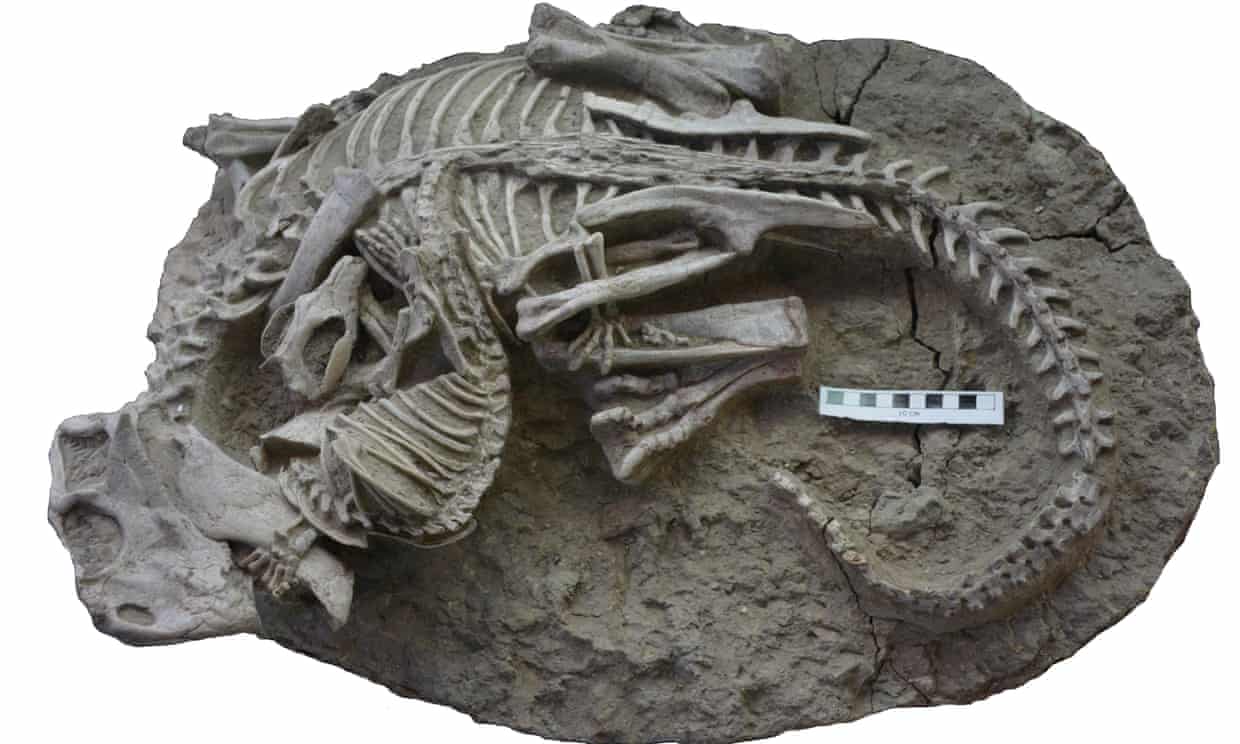
Experts revealed the 125m-year-old fossil that froze in time after being taken on by a small mammal a third of its size. They are tangled together, the mammal’s teeth sunk into the beaked dinosaur’s ribs, its left paw clasping the beast’s lower jaw. See research here.
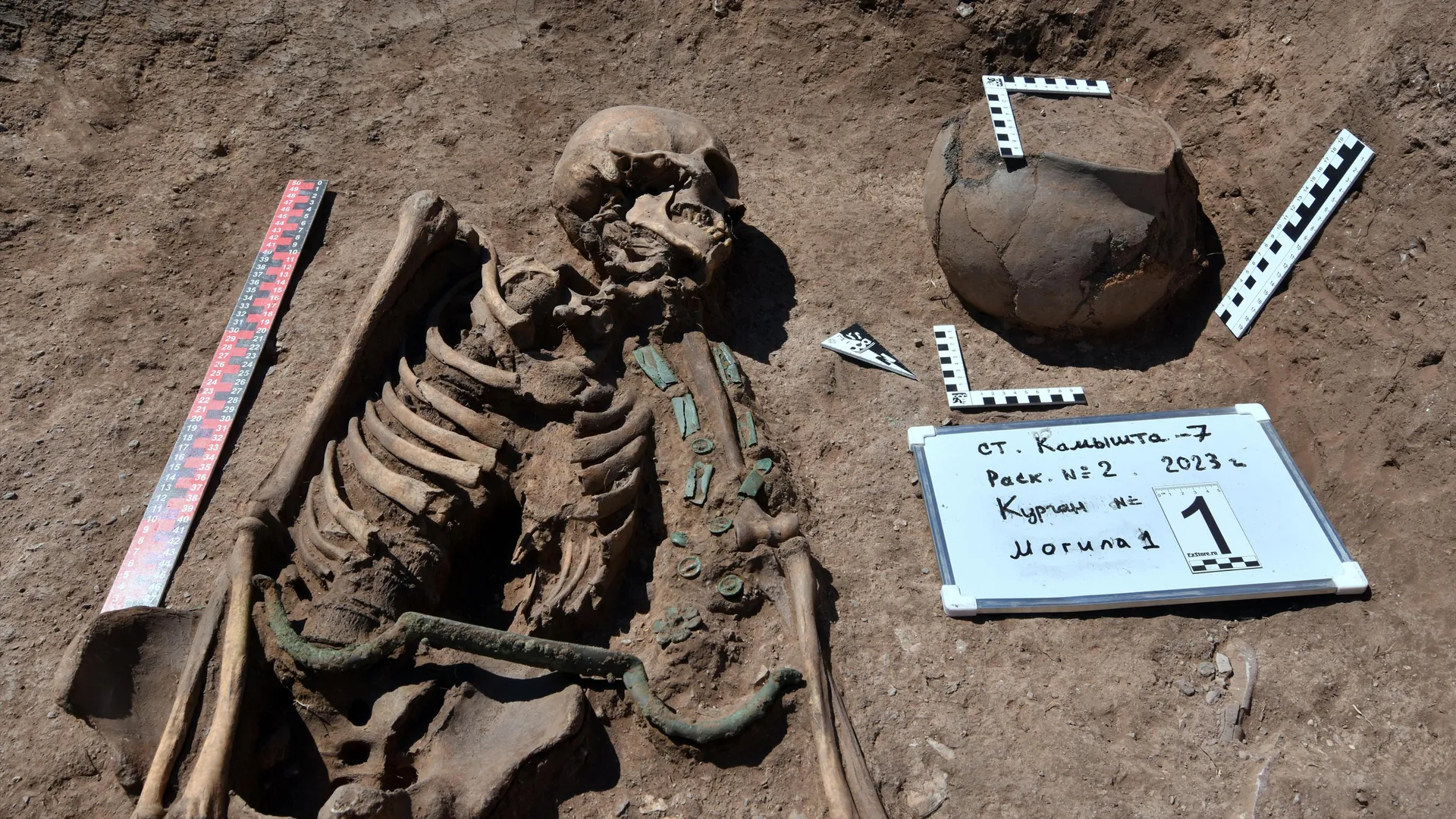
Archaeologists in Siberia have discovered the untouched 3,000-year-old grave of a person thought to be a charioteer — indicating for the first time that horse-drawn chariots were used in the region.

A new technique is a dramatic breakthrough in the search for alien life, astronomers say. See the research here.
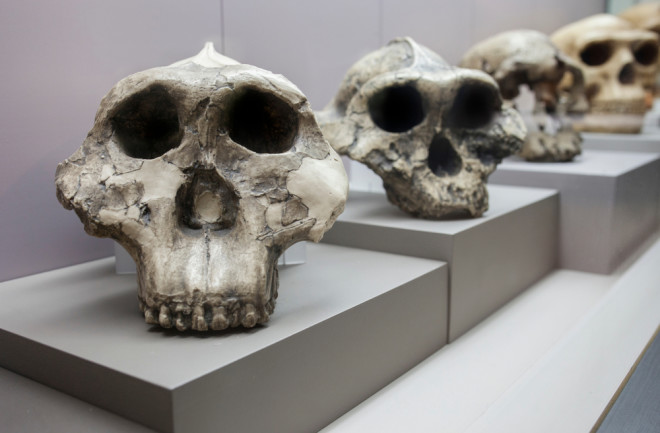
Two-million-year-old teeth (four sets, in fact) tell new stories in a newly posted preprint paper that strips them of enamel and analyzes what the proteins have to say. This “proteomic” approach, which relied on the more rugged protein molecules instead of fragile DNA, revealed their relationship to the wider family tree of early humans.

Slivers of Ryugu material, snagged by the Japanese Hayabusa2 spacecraft, appear to come from the solar system’s frozen fringes rather than from the asteroid itself, scientists report July 14 in Science Advances. These foreign fragments could illuminate details of the solar system’s history.

Ancient human skulls, oil lamps and parts of weapons hidden in a cave near Jerusalem are signs the site was used in the Roman era for attempts to speak to the dead — a practice known as necromancy, or “death magic” — according to a new study.
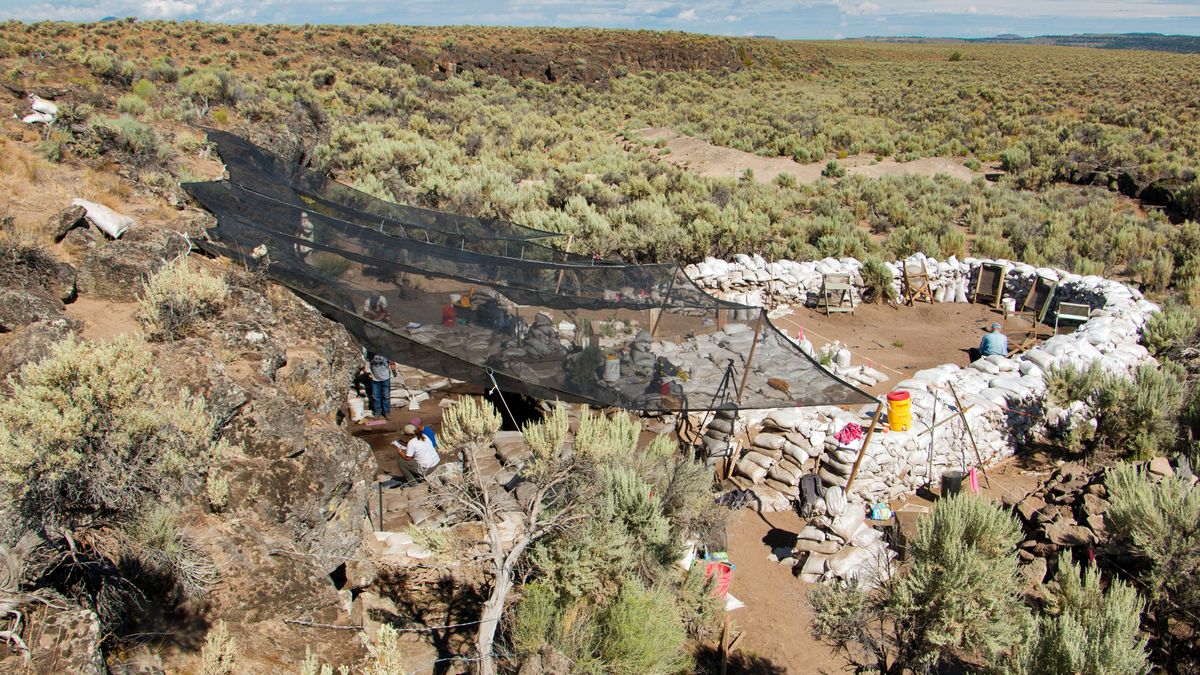
Although this is not the earliest date for human occupation of the Americas that has been proposed, the finding, which is not yet published in a peer-reviewed study, appears to be thousands of years older than any other archaeological site in Oregon.
Publishing in the international journal Antiquity, a team of archaeologists from seven countries led by Kiel University has presented the “Big Exchange” project, which uses AI to better understand the networks and interactions of prehistoric and early historic people.
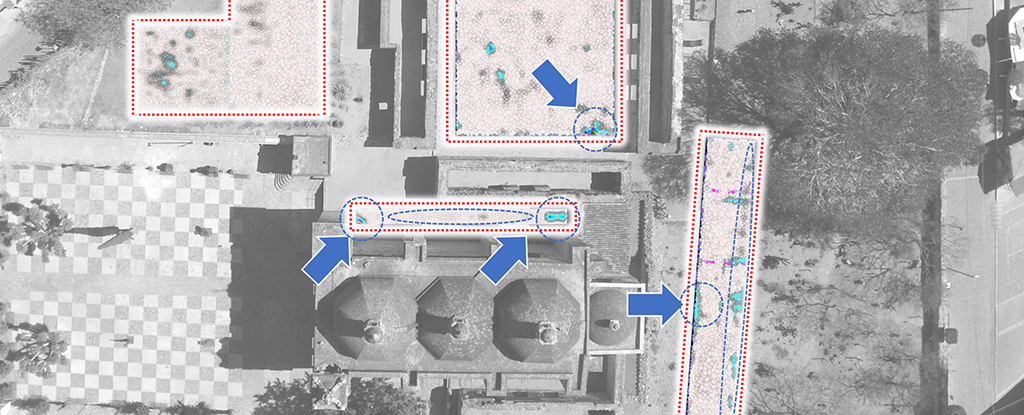
Archaeologists working at the Mitla site in southern Mexico have come across a discovery worthy of an Indiana Jones movie: a labyrinth of chambers and passageways hidden below a church, representing an ‘entrance’ to the underworld.








